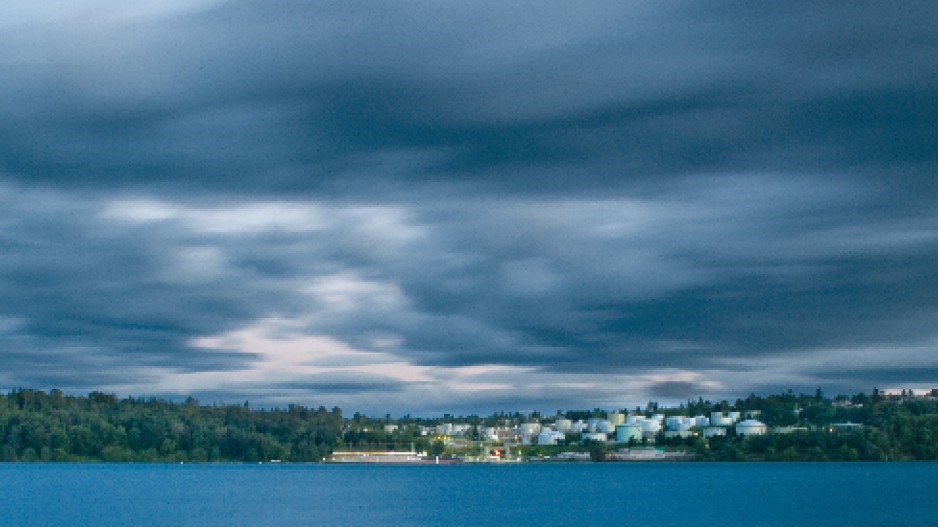When a 7.7-magnitude earthquake rocked the B.C. north coast on October 27, followed by a 6.3 quake last week, the only thing to have sustained any damage appears to be a pipeline that hasn’t even been built yet.
The quakes handed new rounds of ammunition to Northern Gateway pipeline opponents, who said seismic events raise fresh concerns over pipeline safety.
But Ian Weir-Jones, whose geotechnical engineering company designs instrumentation for monitoring pipelines, said earthquakes pose a far lower risk to pipelines than things like corrosion, sabotage and careless backhoe operators.
“The biggest problem with pipeline security is some clown sticking a backhoe into them,” he said.
In other words, there are real risks to pipelines, but earthquakes are pretty low on the list.
John Clague, professor of earth sciences at Simon Fraser University, said the corridor Enbridge Inc. (TSX:ENB) has chosen for the Northern Gateway avoids active faults. He added that any oil tanker at sea would effortlessly ride a tsunami triggered by an earthquake off Haida Gwaii.
“A larger issue, in my mind, is the terminus,” Clague said.
Oil tankers berthed at Kitimat could be hammered by a tsunami, which could be triggered either by an earthquake or an undersea landslide.
If any B.C. pipeline is vulnerable, it would be Kinder Morgan’s Trans Mountain pipeline, he said.
“We’re more likely to get an earthquake in that magnitude 7 range around Vancouver than you would at Kitimat,” Clague said.
Pipelines are more flexible than people might think, said Weir-Jones, and therefore can withstand significant seismic activity.
An example is the Trans- Alaska Pipeline System. It passes through the Denali fault line and has been ruptured several times through sabotage, human error, maintenance failures, and even gunshots – but was unscathed by a 7.9-magnitude earthquake in 2002. •
How Enbridge says it will prevent pipeline ruptures this time
One of the biggest causes of pipeline ruptures is corrosion. It was that, coupled with a bungled response, that caused 877,000 gallons of Canadian crude to spill from a ruptured Enbridge pipeline into the Kalamazoo River in Michigan in 2010.
John Carruthers, president of Enbridge’s Northern Gateway project, said the new pipeline would be built to a higher technological standard.
For one thing, the steel used to build the pipe would be 20 mm thick – 20% thicker than most other pipelines. Carruthers said it would also have an epoxy coating that prevents the kind of corrosion that ate a hole in the Michigan pipeline.
“I think most of the ways that corrosion could occur have been eliminated,” Carruthers said. “You’ve got stronger steels, you’ve got improved coatings, you’ve got improved welding processes and the testing of these welds.”
Inline inspection tools would be passed through the pipeline periodically to check for dents. The company would also use the same kind of horizontal drilling techniques now used for shale gas extraction to bore underneath major river crossings, to depths of 20 to 60 metres, instead of passing through the rivers, as has been the common practice.
The Enbridge pipeline would use about 30 such underground crossings.




